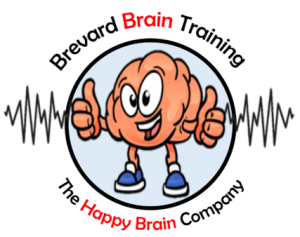 More kids and adults with ADD/ADHD are using neurofeedback than any other problem. Experienced clinicians estimate that at a minimum, they have significant impact with 80-85% of these patients who complete 30-40 training sessions. Is it the most commonly treated because it’s the easiest problem to deal with? Not really – ADD/ADHD is often many different symptoms rolled into one diagnosis. These must be sorted out as part of doing neurofeedback. There are some practical reasons that ADD/ADHD is the most common use for neurofeedback:
More kids and adults with ADD/ADHD are using neurofeedback than any other problem. Experienced clinicians estimate that at a minimum, they have significant impact with 80-85% of these patients who complete 30-40 training sessions. Is it the most commonly treated because it’s the easiest problem to deal with? Not really – ADD/ADHD is often many different symptoms rolled into one diagnosis. These must be sorted out as part of doing neurofeedback. There are some practical reasons that ADD/ADHD is the most common use for neurofeedback:
Parents are far more motivated to help their children to succeed than to help themselves. Increasing concerns that putting a child on medications for years is not a good thing. Parents want an alternative that works. For many kids medications don’t work very well. They have side effects, make the kid feel less normal, or create more problems.
There are thousands of neurofeedback success stories around the country – many in ADD. More clinicians are adding neurofeedback because patients are asking for it or talking about it.
Solid published research on ADD/ADHD and neurofeedback.
Increased awareness of the role of the brain in ADHD (as well as other disorders). In the last 5 years, every magazine seems to have had a brain imaging picture on its cover. As a result, neurofeedback as a brain based intervention doesn’t seem so foreign, and there is much more openness towards the concept.
For more information on Brevard Brain Training visit www.brevardbraintraining.com or call (828) 885-7100
